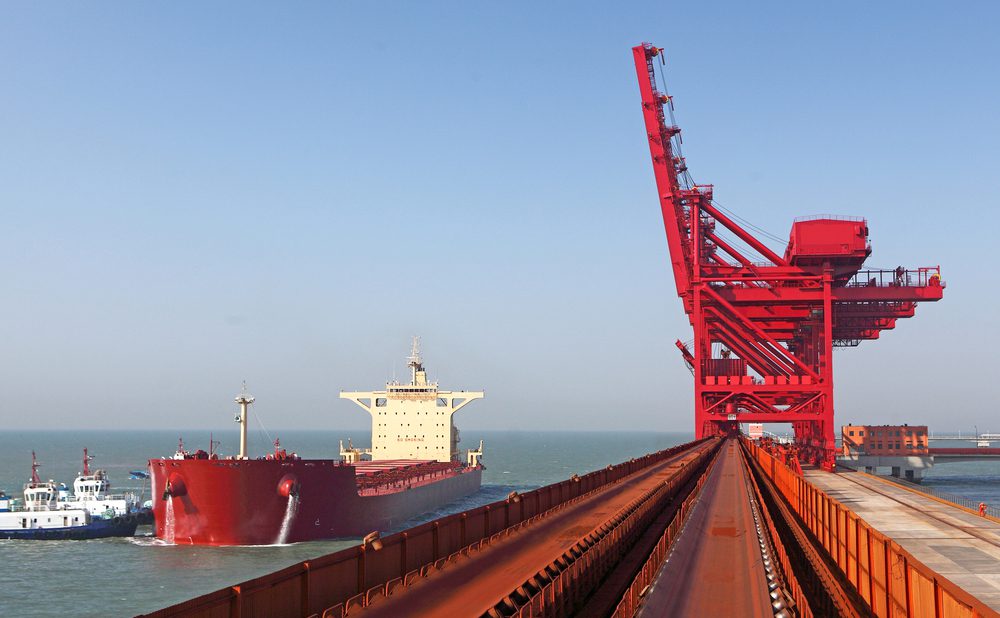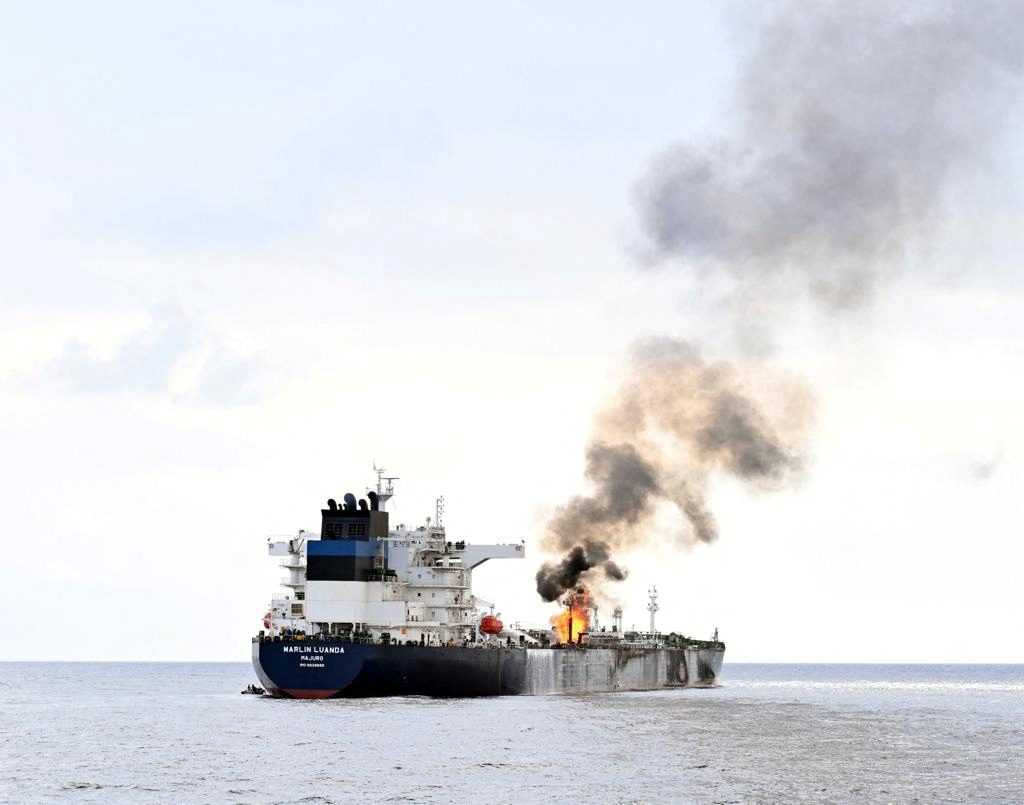By Alaric Nightingale and Naomi Christie
(Bloomberg) — A measure of shipping costs for commodities had its biggest two-day gain in almost seven years amid speculation Chinese iron ore purchasing is eroding the supply of vessels to collect the raw material from Brazil.
The Baltic Dry Index rose 18 percent on Thursday and Friday, the most for two days since Feb. 2009, according to the Baltic Exchange in London. Charter costs for Capesize ships that take iron ore to China from Brazil rose by 16 percent to $14.59 a ton.
Shipping costs stayed in a slump for most of this year amid speculation that slowing economic growth in China was sapping its demand for raw materials that provide the bulk of cargoes for owners. Even so, the country still imported an average of 76.67 million metric tons of iron ore a month this year, more than any other nation and little changed from the corresponding period in 2014.
“There’s a misunderstanding among investors that China isn’t buying iron ore: it is,” Jeffrey Landsberg, the managing director of Commodore Research in New York, said by phone. “China is still buying every single ton that global miners want to sell.”
Day rates for Capesize ships jumped, as did derivatives that traders use to bet on, or hedge, future shipping prices.
The vessels are earning $13,563 and $14,658 a day, two rates for the carriers published by the Baltic Exchange show. They were earning $7,179 and $8,288 a day respectively at the end of last month.
Derivatives called Forward Freight Agreements gained 6.7 percent to $15,900 a day for October contracts, according to data from Clarkson Securities Ltd., a unit of the world’s biggest shipbroker.
While Australia is a bigger iron ore exporter than Brazil, shipments from the Latin America are no less important because of the distance involved in exporting to Asia, the biggest source of demand. A voyage to China and back from the Latin America takes about three months, occupying vessels about three times longer than for a comparable cargo from Australia.
©2015 Bloomberg News
Unlock Exclusive Insights Today!
Join the gCaptain Club for curated content, insider opinions, and vibrant community discussions.

 Join The Club
Join The Club













